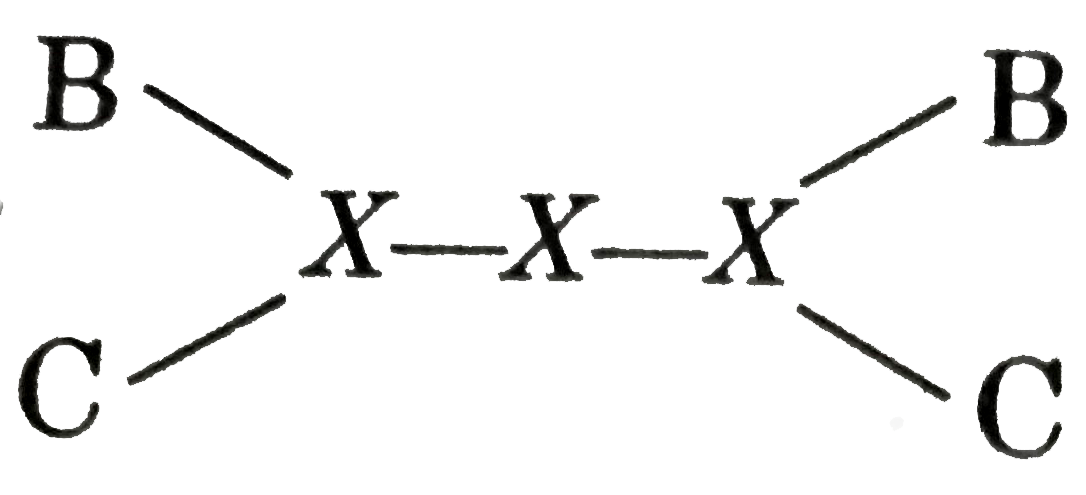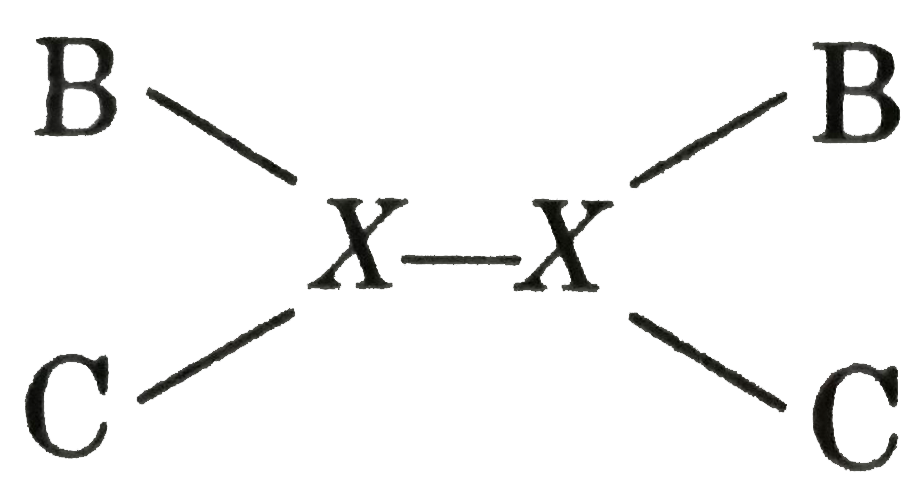Calculate the electron affinity of Br from following data :
Lattice energy of NaBr =-736kJ mole−1
B.E.(Br.Br)=192kJ mole_1
ΔHf(NaBr)=−376kJmole−1
(I.E.)Na=490kJ mole−1
ΔH298K of sublemation of Na=109kJ mole−1
The correct Answer is:335
Step by step video, text & image solution for Calculate the electron affinity of Br from following data : Lattice energy of NaBr =-736 "kJ mole" ^(-1) B.E._((Br.Br))=192 "kJ mole"^(_1) DeltaH_(f(NaBr))=-376"kJmole"^(-1) (I.E.)_(Na)=490"kJ mole"^(-1) DeltaH_(298K) of sublemation of Na=109 "kJ mole"^(-1) by Chemistry experts to help you in doubts & scoring excellent marks in Class 11 exams.
Updated on:21/07/2023Topper's Solved these Questions
Similar Questions
Calculate the resonance energy of N2O from the following data:
ΔH∘1 of N2O=82kJmole−1.
Bond energies N=N=946kJmole−1
N=N=418kJmole−1
O=O=498kJmole−1
N=O=607kJmole−1
View SolutionCalculate the resonance energy of N2O from the following data:
ΔH∘1 of N2O=82kJmole−1.
Bond energies N=N=946kJmole−1
N=N=418kJmole−1
O=O=498kJmole−1
N=O=607kJmol−1
View Solution
Knowledge Check
Calculate bond energy of X−X bond from the following data.

ΔHfofX(g)=+300kJ/mole
 A400 kJB200 kJC100 kJD150 kJ
A400 kJB200 kJC100 kJD150 kJCalculate C−H bond energy from the following data :
ΔfH [C(g)]=716.68kJ/mole
ΔfH [H(g)]=217.97kJ/mole
ΔfH [CH4(g)]=−74.81kJ/moleA1663.37 kJB415.84 kJC179.17 kJD74.81 kJFollowing are the values of Ea and ΔH for three reactions carried out at the same temperature :
I:Ea=20kJmol−1,ΔH=−60kJmol−1
II : Ea=10kJmol−1,ΔH=−20kJmol−1
III: Ea=40kJmol−1,ΔH=+15kJmol−1
If all the three reaction have same frequency factor then fastest and slowest reations are :AFastestSlowestIIIBFastestSlowestIIIIICFastestSlowestIIIIDcan't be predicted
Calculate the enthalpy change of 1 mole of reaction
Na(s)+12Br2(g)→NaBr(s) in kcal
Given : ΔHsub(Na)=137kJmole−1,ΔHbond dissociation(Br2(g))=144kJmole−1
ΔH1 st ionisation(Na(g)=496kJmole−1,ΔH1stelectron affinity(Br(g)=−325kJmole−1
ΔHLattice energy(NaBr)=+742
View SolutionCalculate the free energy change in dissolving one mole of sodium chloride at 25∘C . Lattic energy =+777.8kJmol−1. Hydration energy of NaCl=−774.1kJmol−1 and ΔS at 25∘C=0.043kJK−1mol−1
View SolutionCalculate the enthalpy change during the reaction :
H2(g)+Br2(g)→2HBr(g)
Given, eH−H=435kJmol−1,eBr−Br=192kJmol−1 and eH−Br=368kJmol−1.
View SolutionCalculate the enthalpy of combustion of benzene (l) on the basis of the following data:
a. Resonance energy of benzene (l)=−152kJ/mol
b. Enthalpy of hydrogenation of cyclohexene (l)=−119kJ/mol
c. ΔfHΘC6H12(l)=−156kJmol−1
d. ΔfHΘofH2O(l)=−285.8kJmol−1
e. ΔfHΘofCO2(g)=−393.5kJmol−1
View SolutionA→B,ΔH=−10KJmol−1,Ea(f)=50KJmol−1, then Ea of B→A will be
View Solution

